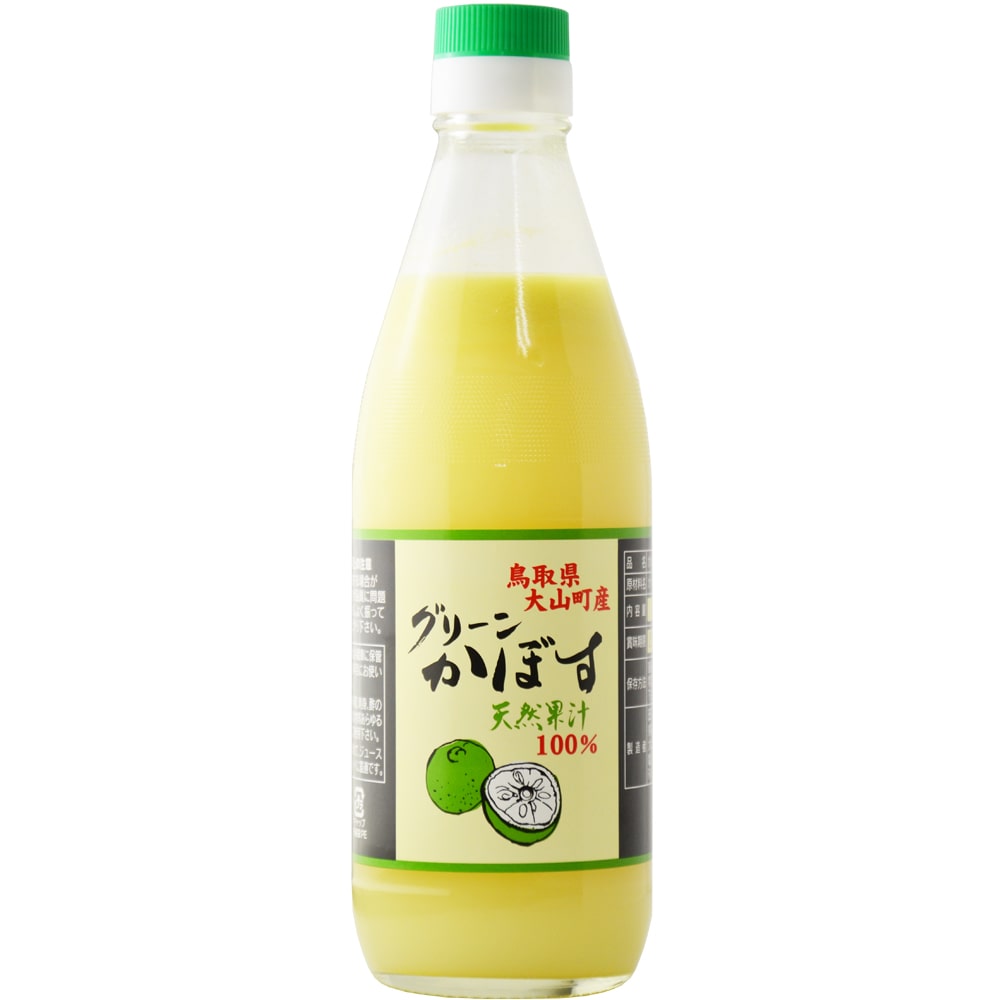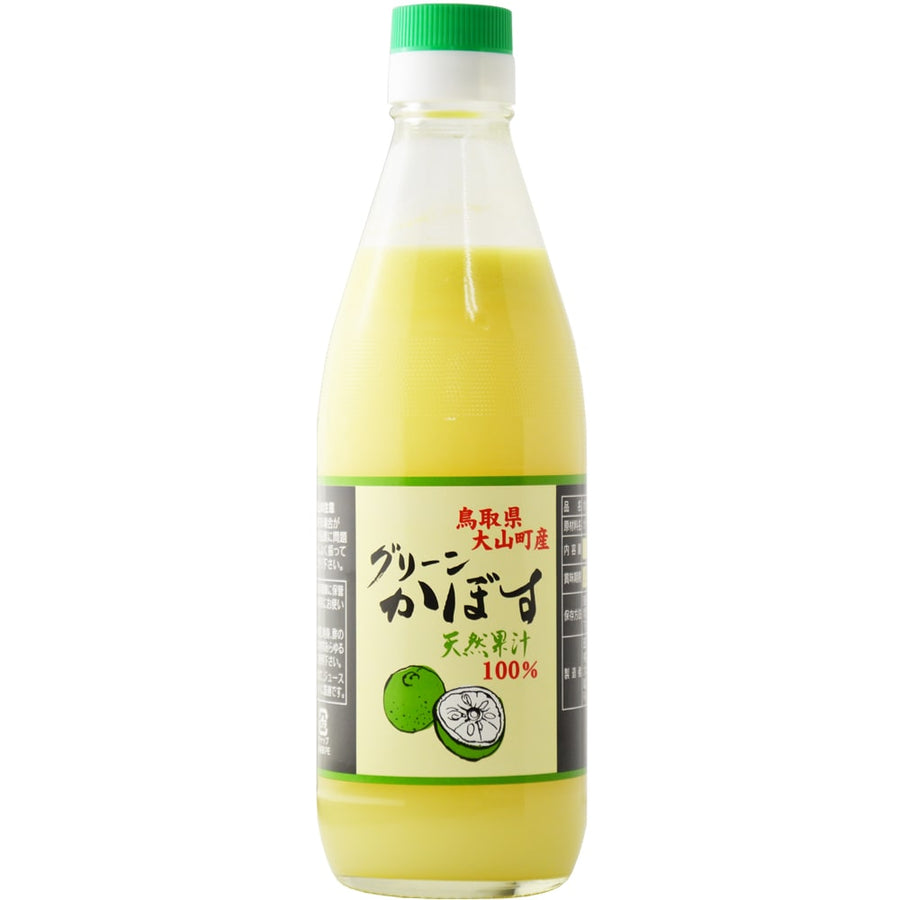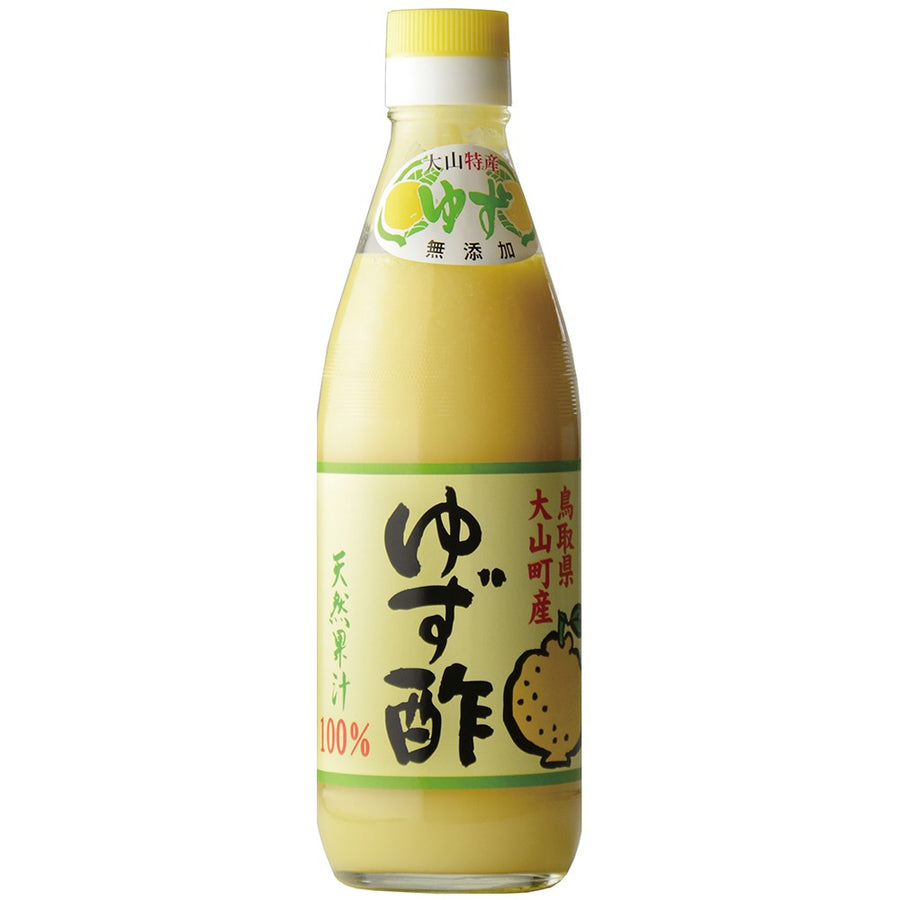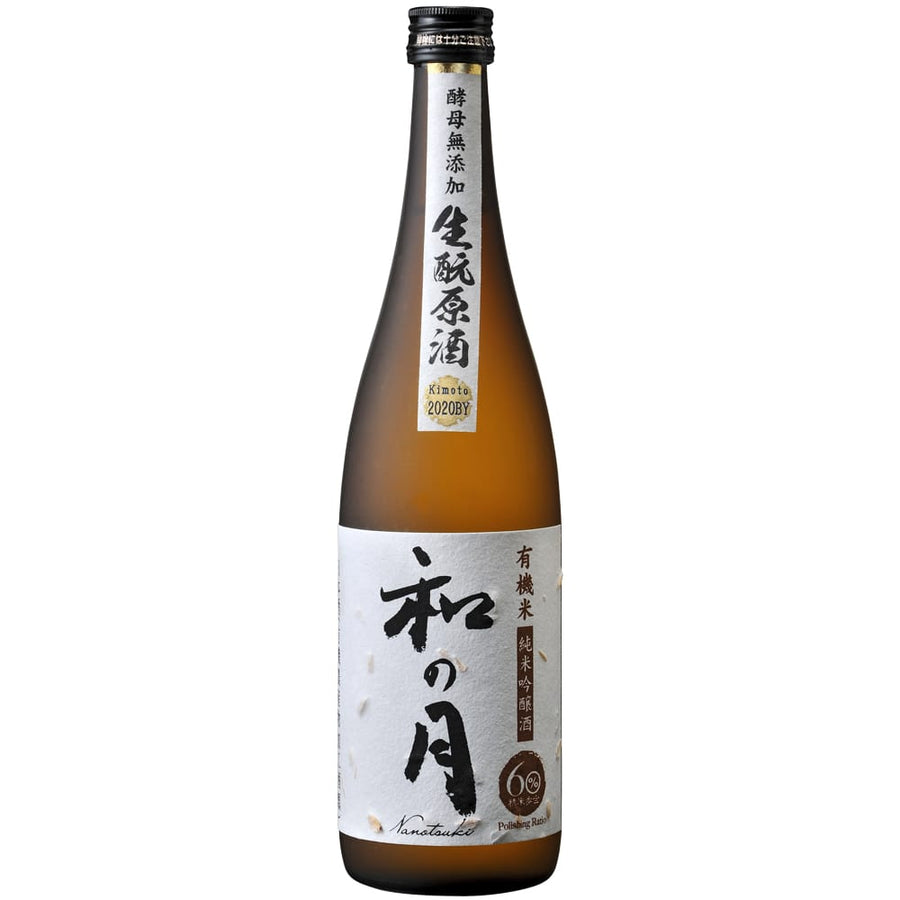よく一緒に見られているアイテム
More from 田宮農園(Tamiya)
More from Japan
Recently viewed

Pre-order item
Soft armchair
$420.00
Select variant
Select purchase option







